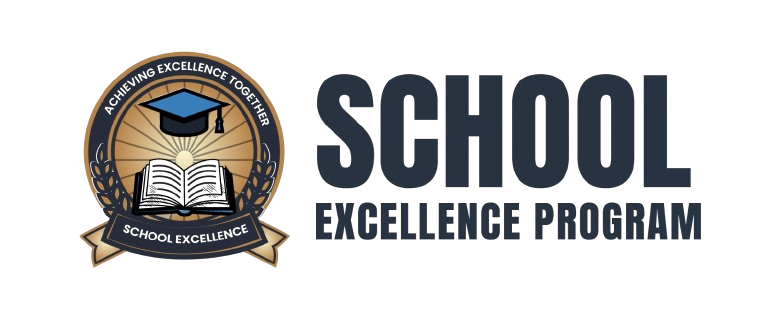Cultivating Excellence: How Strategic Planning Enhances School Performance
In today’s dynamic educational landscape, excellence is no longer just about academic results—it’s about creating a well-rounded, future-ready environment for students, teachers, and stakeholders. While many schools aspire to this, only those that engage in strategic planning can truly achieve it. Strategic planning is not just a tool for growth—it’s a roadmap for transformation. When implemented correctly, it helps schools align their vision with measurable outcomes, address systemic challenges, and create sustainable models of success.
At its core, strategic planning involves setting clear goals, identifying key performance areas, and executing a series of well-thought-out actions to achieve desired results. It includes everything from curriculum enhancement and teacher training to infrastructure planning, parental engagement, and marketing. The result? A unified direction for the entire institution and a culture of continuous improvement.
One of the key advantages of strategic planning is clarity. School leaders often face competing priorities—from managing academic calendars to meeting compliance standards, handling parental concerns, and improving admissions. A strategic plan provides a cohesive framework that ties all these elements together, helping the leadership stay focused and data-driven. It empowers them to allocate resources wisely and respond proactively rather than reactively.
Moreover, strategic planning enhances team collaboration. When school staff and faculty are aligned on long-term goals, it boosts morale and accountability. Everyone knows where the institution is headed and how their roles contribute to its mission. This fosters ownership, encourages innovation, and improves performance across the board. When teachers are involved in planning, for instance, they become more invested in their classrooms, bringing fresh energy and commitment to student success.
Another significant impact of strategic planning is improved parent and community engagement. Schools that share their vision, goals, and progress regularly with stakeholders gain trust and loyalty. Parents become active partners in their child’s education, and the school benefits from stronger word-of-mouth referrals and increased admissions. A well-executed strategy can also help institutions build a strong public image, which is crucial in today’s competitive educational market.
This is where initiatives like the School Excellence Program come in. It’s not just a framework—it’s a transformation journey. Through structured research, optimization, development, and compliance support, this program helps schools identify areas for improvement and implement best practices tailored to their needs. From academic planning and teacher training to ERP integration and event management, the program provides a complete strategy to elevate performance at all levels.
In conclusion, strategic planning is not a luxury—it’s a necessity. Schools that adopt a forward-looking, structured approach are better equipped to overcome challenges, seize opportunities, and deliver excellence in every dimension. The journey to school excellence starts with one essential step: a plan.

